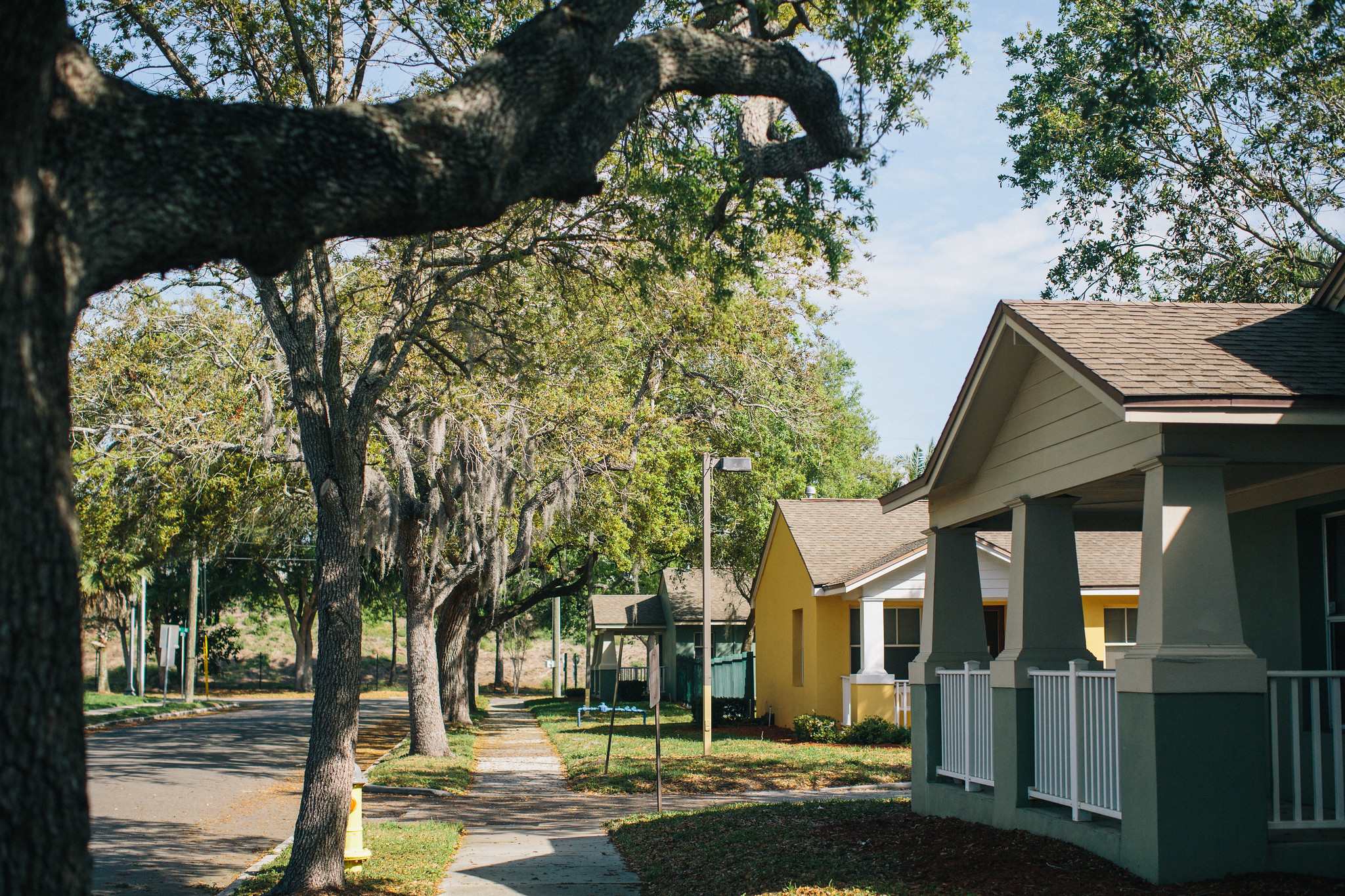Insight
Community Voices: St. Pete’s historic preservation system is broken – let’s do away with 3rd party designation

As St. Petersburg City Council members recently debated the validity of the Driftwood local historic district application, I had visions of them holding up ballots to check for hanging chads. They were deciding whether to invalidate the vote because of how it was handled by city staff.
Just a week or so before, the council declined to declare the old Doc Webb house historic after a contentious fight between the home’s owners and a neighbor who had declared the house historic to prevent its demolition.
Four years after the last fight over the historic preservation ordinance, it’s clear that the city ordinance is unworkable and needs not just tweaks but major renovation, even innovation.
The council has asked to meet later this summer with the city’s Community Planning and Preservation Commission (CPPC) to consider removing “third party designations” that allow any city resident to declare historic a property they do not own. Such designations start the process, the first step of which is the application. If your neighbor can prove your house is historic and the CPPC and city council agree, you then you become subject to restrictions on renovating it. That’s what almost happened in the Doc Webb case.
But as the Driftwood case demonstrates, the process for declaring local historic districts (LHDs) also needs changing. In 2015 after a long, city-wide battle, the council revised the application process. Instead of two-thirds of the proposed district’s homeowners needing to vote for an application, now the threshold is only 50 percent. Hence, the Driftwood ballot battle, with some residents arguing that the city staff put its finger on the scale by calling residents after receiving ballots that had not indicated whether they were for or against the application. When contacted, those people were apparently allowed to alter their ballots to vote in favor of the Driftwood LHD designation.
Yet, if parcel owners who had voted yes but wanted to change their ballot – even before voting closed – they could not.
The council ultimately decided that the blank ballots could be changed, giving the application a majority approval. The council reaffirmed its vote making Driftwood an LHD.
But at what price? Clearly, the neighborhood is deeply divided on the issue; the votes to apply barely exceeded those who didn’t want to apply.
Meanwhile, a couple of years ago, many members of the Grand Terrace LHD wanted to rescind their designation but were told a mere majority vote to do so was insufficient. The majority had to prove the neighborhood was no longer historic. How do you do that? The residents decided it was a no-win situation and abandoned the effort.
All this begs for thinking outside the box: Why not abandon the concept of LHDs entirely? They are indeed a type of third-party designation, i.e., neighbors can, by vote, declare your house historic, whether you want it or not.
These districts are, for the most part, not really historic. Rather they are neighborhoods started a long time ago, but nothing really historic happened there. LHDs are simply a method for preserving the facades of the houses in a neighborhood. If the idea is to preserve the architecture, then allow individual homeowners to preserve their own home. Indeed you can, but it costs $200, whereas the fee to declare an LHD is $200, plus $10 per structure up to a maximum of $1,000. It’s cheaper for neighbors to band together and drag unwilling neighbors along with them.
What if the city lowered the cost for individual designation to $25 and streamlined the process? No vote would be required. And at that price, many preservationists could designate their home and encourage others to do the same, preserving the property rights of those not wanting the designation. In Driftwood, this process would have meant more than half the homes would be preserved.
The historic preservation system in St. Petersburg is broken. I respect those who wish to preserve their home exactly they way it was built, and I wish to preserve their right to do so. But tearing neighborhoods apart over an LHD designation has clearly reached the point where social cohesion should take precedence over architectural museums.
To each his own makes everyone a winner.








Jean Wood
November 21, 2019at6:46 pm
Excellent, Bob! As a libertarian, I agree with you entirely!
Kim Becker
August 1, 2019at8:30 am
This is a catch 22. A perfect example of having no LDH where one probably should have been was on 5th Ave in my opinion. It was a real lost opportunity. The approved townhome projects past and present placed on 5th in place of the historic architecture have zero curb appeal with little to no windows even facing the avenue. I have several photographs of the avenue from the 20’s which having had this main artery exiting our city been preserved or at least the architecture mimicked with beautiful original palm landscaping lining it would have been magnificent from the Vinoy on up. I have another home in a historic district in another town and I am not a fan of the politics involved either. I think it boils down some city architectural review board with real architects, designers, and people in the business rather than unqualified elected homeowners especially historians without design backgrounds (the worst)! There really just has to be some architectural oversight in this city protecting the style then we wouldn’t have a problem but you are just seeing so much bad architecture in a city with so much potential. I have 2 homes and one is in a historic district in N.C. My experience has been it adds a tremendous cost to repairs and over all improvements. In general I don’t see the “added value” to the home being placed in a historic district because the only ones deemed historic are the ones closest to town which naturally have higher desire and value anyway. If anything it discourages buyers because they don’t want to deal with the people who make up the board and are all by in large not qualified for the job and keep their homes tied up in review forever. Since purchasing my home there has been a big shake up. The HDC was sued for being too difficult and the town now has to have more oversight. I’m feeling better about things but it still can get out of hand with bad cooks in the kitchen.
I’m all for in house paid city architectural review council with style guidelines to devise a planned look for the city, however, destroying the beautiful architectural fabric of a neighborhood at an individual’s personal choice basis isn’t the answer either. As you can see from 5th Ave stretching up from the Vinoy the character is sadly long lost. If you take it down something similar should go back up.
Bob Griendling
August 8, 2019at10:40 am
Thank you, Kim, for sharing your insights and experience. They were very helpful.
Melissa Clark
July 29, 2019at11:13 am
Unfortunately Bob, the people that at pushing for this don’t want just their house designated. They want all of Old NE designated and that failed on their last attempt so they are going at this in a manner that they feel sure they will get passed. Such a shame that this can happen to owners that are vehemently against the LHD. Thank you for your continued insight and keeping us in the know.
Jeffrey Hole
July 27, 2019at5:30 pm
Well written!
Paul Craig
July 26, 2019at9:50 pm
Bob, I always appreciate your insightful thinking on these important issues.
Teresa Brydon
July 26, 2019at3:31 pm
What an excellent idea! This is a win/win scenario and should be considered by the St. Petersburg City Council.